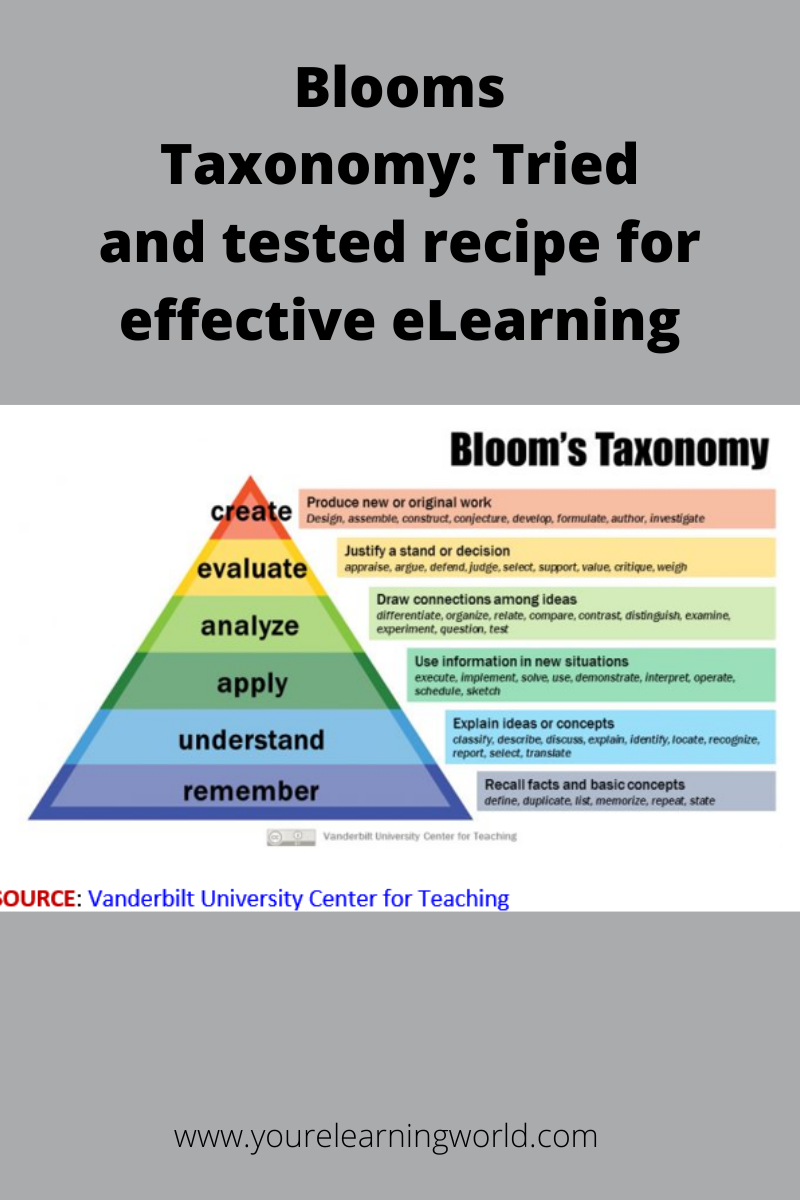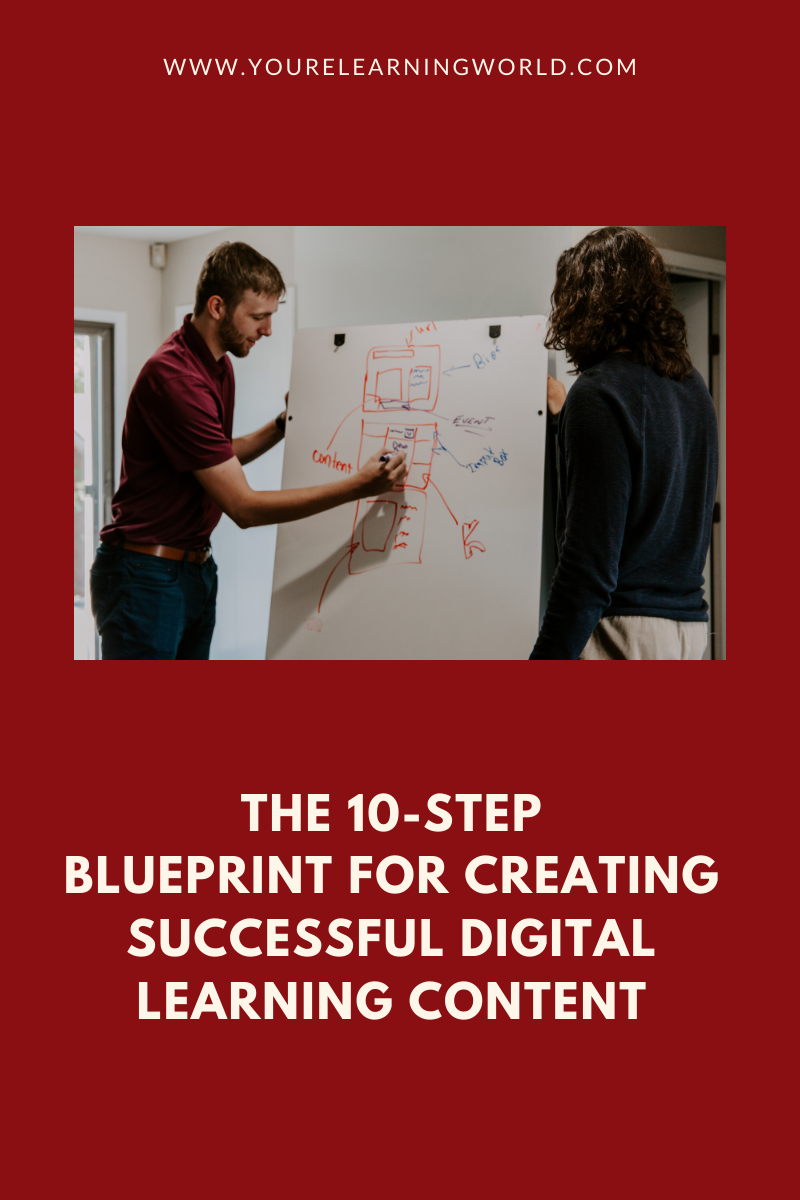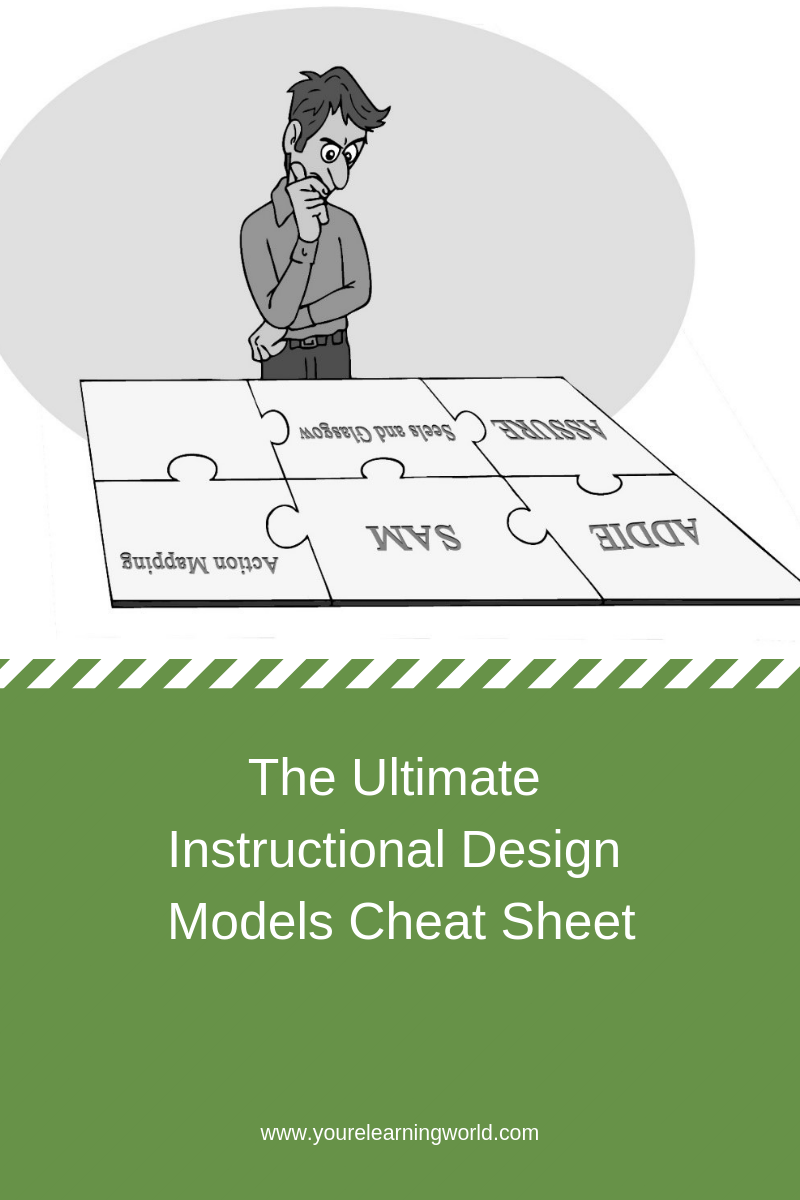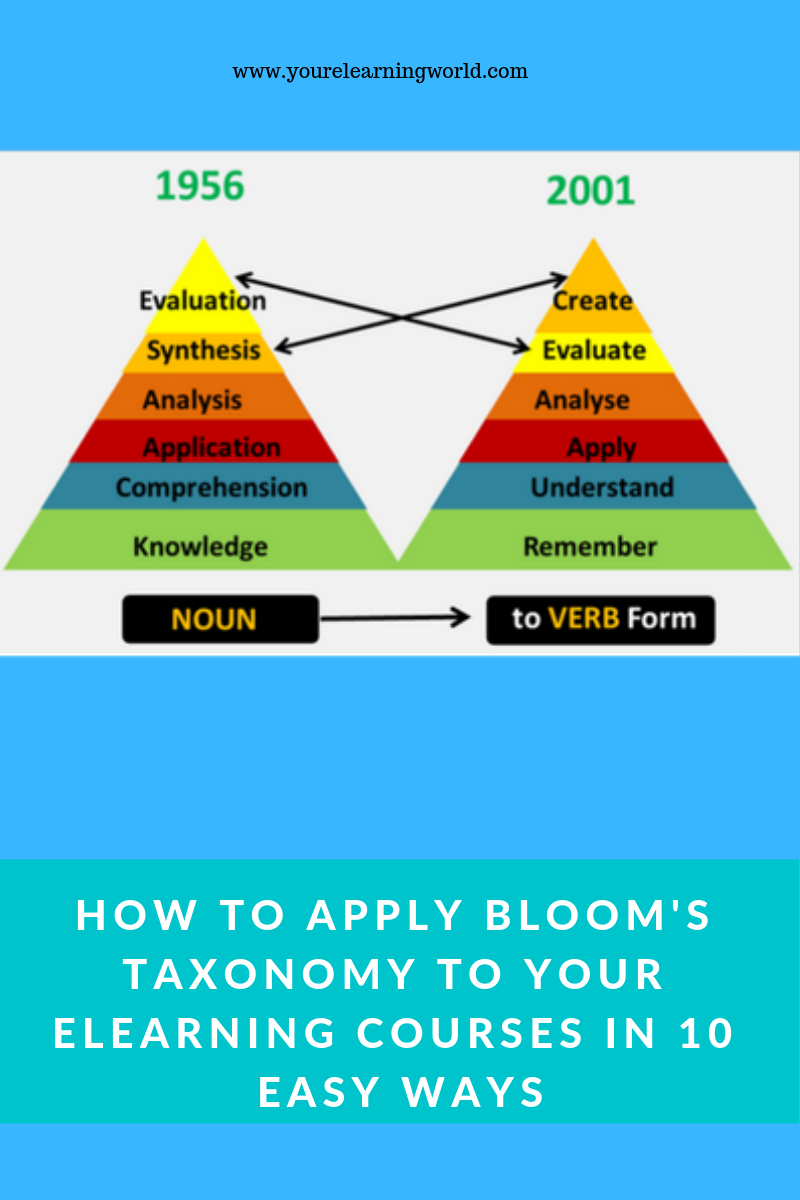Bloom’s Taxonomy was created in 1956, by educational psychologist Dr. Benjamin Bloom, and subsequently updated in 2001 to its current form. It is based on hierarchical ordering of learner’s cognitive skills, which then facilitates learning professionals (L&D) and Instructional Designers (ID) in helping learners learn better. To help instructors and course developers understand how to achieve their learning objectives, the taxonomy breaks down human thinking skills into six categories, ascending as a pyramid from lower to higher-orders of thinking. Using Bloom's Taxonomy Understanding Bloom’s Taxonomy can play a vital role in helping eLearning professionals create highly effective learning objectives; organize learning into logical structures to help make learning a seamless process; inject focused interactivity into courses; and design course assessments that truly evaluate whether learners have mastered desired learning objectives. Here are some strategies and tips to help … [Read more...] about Blooms Taxonomy: Tried and tested recipe for effective eLearning
Bloom's Taxonomy
The 10-step Blueprint for Creating Successful Digital Learning Content
Whether you are producing online How-To guides for corporate clients, DIY Instructional content as a freelancer, eLearning courses for adult learners or other digital educational media for your employer, your objective is likely the same: To successfully engage, educate, and enlighten your audience. And to do that, you need to produce equally engaging and informative content. If learners don’t find your content appealing, they’ll likely tune-out within the first few minutes of the course. So, how does one create successful digital learning content and eLearning courses? Read on to discover a 10-point blueprint to doing it right. The 10-Step Blueprint In digital learning terms, success is about learners consuming your content, and whether they (eLearners and digital content consumers) accomplish their learning objectives as a result. If you meet those two criteria with your content, your audience, clients and other stakeholders will deem your courses a success. Use the following … [Read more...] about The 10-step Blueprint for Creating Successful Digital Learning Content
The ultimate instructional design models cheat sheet
Instructional design produces the best results when we follow a methodical process. Unfortunately, whether you are a fan of Merrill’s Principles or Bloom’s Taxonomy, or whether you are an ADDIE devotee – there’s so much involved that it’s hard to keep track of what’s what. Having a set of handy cheat sheets, to gently remind you what needs to be done, can be an excellent way to ensure you dot all the I’s and cross all the T’s. Not only will cheat sheets help make your ID process as thorough and complete as possible, but it will also help you save time. Here are 6 cheat sheets that instructional designers will find useful. Cheat Sheet for Merrill's Principles of Instruction Merrill’s design theory, First Principles of Instruction, is a concise ID model that many novice and expert instructional designers might find extremely helpful. Here’s the Coles Notes version of what it entails: Use real-life problems in your instructional events Activate … [Read more...] about The ultimate instructional design models cheat sheet
How to Apply Bloom’s Taxonomy to Your ELearning Courses in 10 Easy Ways
Bloom’s Taxonomy was created in 1956 as a set of six cognitive skill categories. These ranged from lower-order abilities that require less cognitive processing skills, to skills of a higher-order that must demonstrate greater degrees of cognitive processing. In 2001, the original framework created by Benjamin Bloom was modified slightly, giving birth to the Revised Bloom’s Taxonomy (RBT). While the revisions do make it easier to understand and implement, the fundamental principles of BT remain unchanged. As a designer of eLearning courses, you can leverage the Revised Bloom’s Taxonomy to create powerful learning content. Let’s look at 10 simple ways in which you can do that. Real-world application Even though Bloom's Taxonomy (BT) was initially created for a classroom environment, its application is still very relevant to eLearning domains. That’s because the underlying cognitive principles enshrined within RBT are applicable to any form of learning. RBT has … [Read more...] about How to Apply Bloom’s Taxonomy to Your ELearning Courses in 10 Easy Ways
How to Apply Revised Bloom’s Taxonomy to ELearning Courses
Oftentimes, when instructional designers are tasked with designing a course, one of the challenges that they face has to do with the design approach they take. While experienced instructional designers seem to have a better grasp of this, novices often struggle with selecting the right activities and exercises that truly reinforce learning. One of the best (and probably easiest) approaches to figure out the activities for the course is to use Bloom’s Taxonomy. Since Bloom’s taxonomy was created for traditional classroom training, there was a need to reconstruct it to fit modernized approaches to training. Therefore, in 2009, the Taxonomy was repackaged to reflect current needs. In this blog post, I want to take a brief look at the repackaged Taxonomy, and see how instructional designers can apply it to their eLearning and Blended learning courses. The best way to use Bloom’s taxonomy is to use the content of the course to develop measurable learning objectives. Then, categorize … [Read more...] about How to Apply Revised Bloom’s Taxonomy to ELearning Courses





